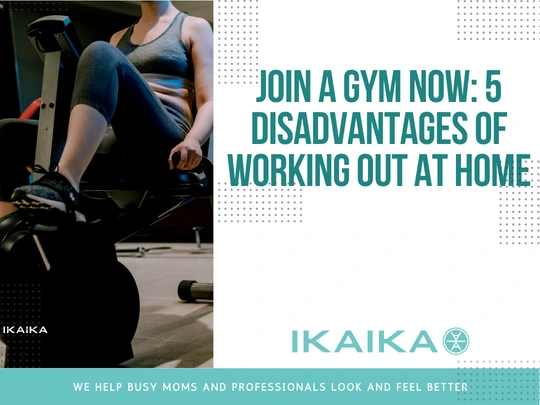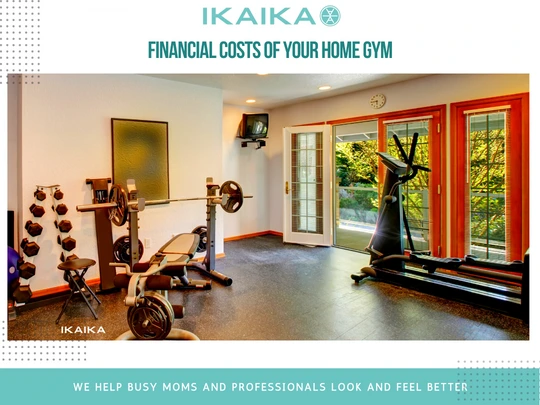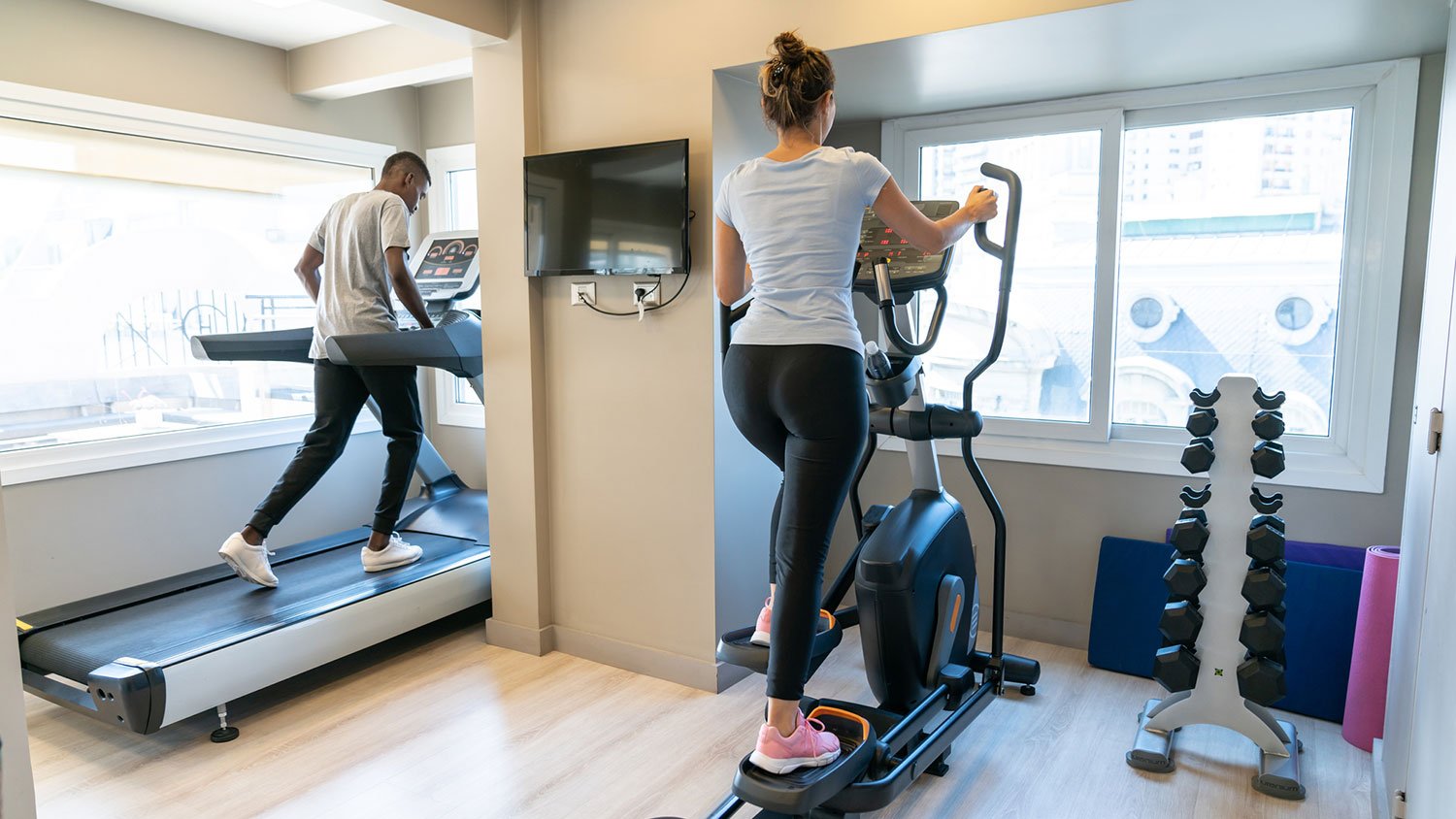In this article, I will discuss the pros and cons of home gyms. We will explore the benefits of having a gym in the comfort of your own home, such as convenience and privacy. Additionally, we will also delve into the drawbacks, such as the cost and limited equipment options. By the end of this article, you will have a better understanding of whether a home gym is the right choice for you.
Balancing the Benefits and Drawbacks of Home Gyms
As someone who is passionate about health and fitness, I have found that having a home gym can be both a blessing and a curse. On one hand, a home gym offers convenience and accessibility, cost savings, and time efficiency. On the other hand, there are drawbacks such as limited equipment options, lack of professional guidance, and potential distractions. In this article, I will explore the pros and cons of home gyms and provide insights on how to strike a balance between the two.
Convenience and Accessibility
One of the greatest benefits of having a home gym is the convenience and accessibility it offers. With a home gym, you have 24/7 access to exercise. Whether it’s early in the morning or late at night, you can work out whenever it suits your schedule. This eliminates the need to adhere to gym opening hours and allows you to fit exercise into your day without any constraints.
Additionally, having a home gym eliminates the need for commuting to a fitness facility. This not only saves time but also energy, which can be allocated towards a more productive workout. By eliminating the commute time, you can focus solely on your exercise routine and maximize your efficiency.
Lastly, a home gym provides a sense of privacy and comfort. Some individuals may feel self-conscious or intimidated by working out in front of others. Having the freedom to exercise in the comfort of your own space can remove any anxiety and allow you to fully concentrate on your fitness goals.
Cost Savings
Another advantage of home gyms is the potential for cost savings. Gym memberships can be expensive, and over time, these costs can add up significantly. By investing in a home gym, you can avoid recurring membership fees and save a substantial amount of money in the long run. The initial investment in equipment may seem significant, but it is a one-time expense that pays off over time.
In addition to avoiding gym memberships, having a home gym reduces transportation expenses. The costs associated with driving or using public transportation to get to a gym can be substantial, especially if the gym is located far from your home. By working out at home, you eliminate these expenses, saving both money and time.
Furthermore, having a home gym is a long-term financial investment. Instead of spending money on memberships and transportation fees, you can allocate those funds towards improving and expanding your home gym setup. This allows you to gradually build a collection of high-quality equipment that suits your fitness needs, without the limitations of a crowded public gym.

This image is property of ikaika.fit.
Time Efficiency
Time is precious, and having a home gym can help you make the most of it. With a home gym, you have the flexibility to schedule your workouts according to your preferences. Whether you’re an early riser or a night owl, you can design your workout routine to align with your natural energy levels. This flexibility allows you to optimize your performance and make exercise a seamless part of your daily routine.
Additionally, one common frustration of going to a public gym is the need to wait for equipment. During peak hours, popular machines may have long queues, wasting valuable workout time. With a home gym, you never have to wait for equipment. You have sole access to the equipment, allowing for uninterrupted workout sessions and ensuring that you can follow your desired routine without any delays.
Moreover, having a home gym offers the opportunity to combine exercise with daily activities. For example, you can incorporate cardio exercises while watching your favorite TV show or listening to a podcast. This multitasking approach maximizes your time and makes working out a more enjoyable experience.
Limited Equipment Options
While a home gym offers numerous benefits, there are some drawbacks to consider. One of the main limitations of a home gym is the limited equipment options compared to traditional fitness facilities. Space constraints can limit the number and variety of equipment you can incorporate into your home gym setup. This can be a challenge if you have specific fitness goals that require a wide range of machines or equipment.
To address this limitation, it is important to carefully plan the layout of your home gym and prioritize the equipment that aligns with your fitness goals. It may require some creativity and research to find space-saving alternatives or multifunctional equipment that can provide a versatile workout experience within the limitations of your home gym.
Furthermore, the limited equipment options in a home gym may require you to adapt your workout routine to focus on exercises that can be done with the available equipment. This can be an opportunity to explore new exercise variations and workout techniques that you may not have considered before. Embracing flexibility and adaptability in your fitness routine can help you continue progressing towards your goals.

This image is property of ikaika.fit.
Lack of Professional Guidance
Another drawback of home gyms is the absence of professional guidance. In public gyms, you have access to qualified trainers who can provide personalized workout plans, monitor your form, and offer guidance on proper techniques. Without this professional support, there is a risk of performing exercises incorrectly or not optimizing your workout routine to its fullest potential.
To overcome the lack of professional guidance, it is crucial to educate yourself on proper form and techniques for each exercise. There are various online resources, such as tutorials and virtual training platforms, that provide detailed instructions and demonstrations. Utilizing these resources can help ensure that you are performing exercises correctly and safely.
Additionally, it is important to seek support from alternative sources. This can include joining online fitness communities or finding workout buddies who can provide feedback and support on your fitness journey. By connecting with like-minded individuals, you can share experiences, exchange tips, and motivate each other to stay committed to your fitness goals.
Potential for Distractions
Working out at home can also present potential distractions that may hinder your focus and motivation. The home environment, which is typically associated with relaxation and leisure, can make it challenging to switch into a workout mindset. It can be tempting to procrastinate or be easily swayed by distractions such as household chores, family members, or pets.
To minimize distractions, it is essential to create a dedicated workout space within your home. This can be a spare room, a corner in your living room, or even a section of your garage. This designated space should be free from clutter and distractions, allowing you to mentally separate your workout time from your everyday surroundings.
Moreover, establishing a workout routine and setting specific goals can help maintain focus and motivation. By having a clear plan in place, you are less likely to succumb to distractions and more likely to stay committed to your fitness routine.

This image is property of s3media.angieslist.com.
Conclusion
In conclusion, home gyms offer a multitude of benefits including convenience and accessibility, cost savings, and time efficiency. However, there are drawbacks to consider such as limited equipment options, lack of professional guidance, and potential distractions. By balancing these pros and cons, individuals can find a solution that aligns with their personal preferences and fitness goals.
It is important to weigh the advantages and disadvantages, considering factors such as available space, budget, and individual motivation. By carefully planning the layout of your home gym, researching space-saving equipment options, and utilizing online resources for guidance, you can create an effective workout space that meets your needs.
Ultimately, the key is to strike a balance that allows you to enjoy the benefits of a home gym while addressing any potential drawbacks. Whether you choose to invest in a home gym or combine it with occasional visits to public facilities, the ultimate goal is to prioritize your health and well-being by incorporating regular exercise into your lifestyle.

